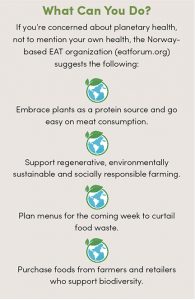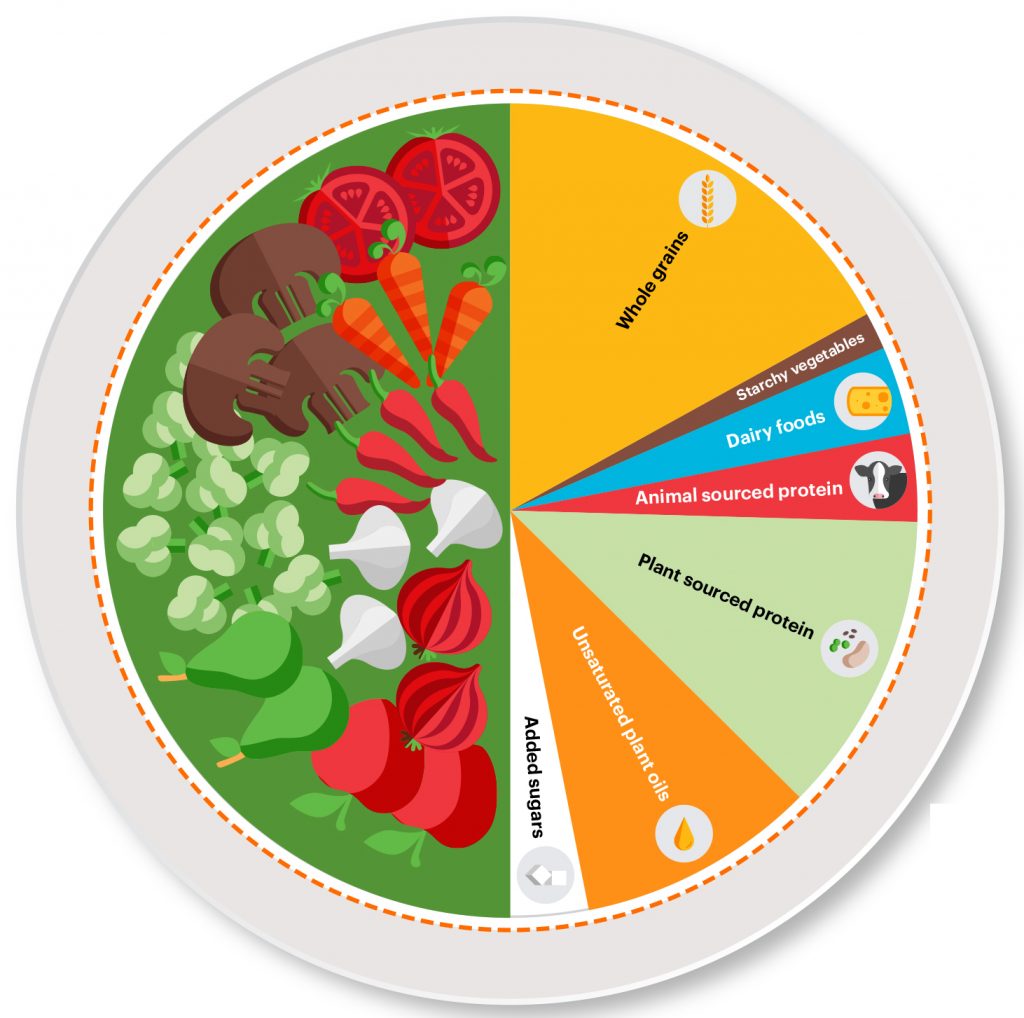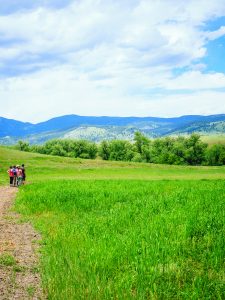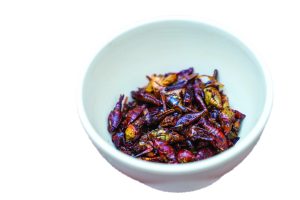How Diet Impacts Climate Change
01 Jun 2020
Choices matter when it comes to what we eat and how we get our food
By Amanda McCracken Did you know the average American’s diet has a larger negative impact on greenhouse gas emissions (GHGE) than the average British or German diet? Many people know industrial agriculture contributes to GHGE, but what’s the carbon footprint of individual diets? A study published in “The American Journal of Clinical Nutrition” looked at food choices made by 16,000 Americans in a single day. Not surprisingly, the choices with fewer impacts on GHGE were also healthier, while diets high in meat and dairy products were more significant contributors to GHGE. People who had the highest-impact diets contributed five times more to overall emissions, compared with Americans with the lowest-impact daily diets. The study also showed that men tend to eat higher-impact diets than women. But what about eco-conscious Boulder, which is consistently ranked one of America’s healthiest towns? University of Colorado instructor Nicole Civita says the town could do a lot better, food-wise. Civita is the sustainable food systems specialization lead for the Masters of the Environment Graduate Program at the University of Colorado. As such, she researches and teaches food ethics and the values and trade-offs related to food choices.
“We often get a green halo around Boulder’s role in the local, national and global food scene, since it’s such an epicenter of natural and organic foods,” Civita says, “but folks tend to have a narrow understanding of the varying ways in which food choices impact climate change.”
She points out that just because a food is marketed as “natural” doesn’t mean it’s environmentally responsible. “It’s not just about choosing the right brand. We need to think about our dietary pattern as a whole,” she says. Different values are embedded in different diet choices, she notes. “None of us are going to have a perfectly ethical diet, so focus on where you want to have your impact.” For instance, dietary choices can impact water quality, climate change, animal welfare, biodiversity and public health. Choose a value to improve through your choices, she suggests.
But what about eco-conscious Boulder, which is consistently ranked one of America’s healthiest towns? University of Colorado instructor Nicole Civita says the town could do a lot better, food-wise. Civita is the sustainable food systems specialization lead for the Masters of the Environment Graduate Program at the University of Colorado. As such, she researches and teaches food ethics and the values and trade-offs related to food choices.
“We often get a green halo around Boulder’s role in the local, national and global food scene, since it’s such an epicenter of natural and organic foods,” Civita says, “but folks tend to have a narrow understanding of the varying ways in which food choices impact climate change.”
She points out that just because a food is marketed as “natural” doesn’t mean it’s environmentally responsible. “It’s not just about choosing the right brand. We need to think about our dietary pattern as a whole,” she says. Different values are embedded in different diet choices, she notes. “None of us are going to have a perfectly ethical diet, so focus on where you want to have your impact.” For instance, dietary choices can impact water quality, climate change, animal welfare, biodiversity and public health. Choose a value to improve through your choices, she suggests.


Insects, Anyone?
 Looking for a protein-rich food with a small carbon footprint? Try chapulines! Savory Spice owner Dan Hayward recently returned from a culinary vacation in Oaxaca, Mexico—a gastronomic paradise known for offering some of the insect world’s best delights. Most notable, he says, were the chapulines, or grasshoppers and crickets.
“Oaxaca has no shortage of these high-energy, protein-packed sources of interesting flavors and textures that you can find in the finest dining establishments and from street vendors alike.” Hayward says his Caribbean, Latin American or Tex-Mex/Southwestern spices will enhance any hop-along meal. Chapulines are available at Mexican markets and online from specialty suppliers.
Looking for a protein-rich food with a small carbon footprint? Try chapulines! Savory Spice owner Dan Hayward recently returned from a culinary vacation in Oaxaca, Mexico—a gastronomic paradise known for offering some of the insect world’s best delights. Most notable, he says, were the chapulines, or grasshoppers and crickets.
“Oaxaca has no shortage of these high-energy, protein-packed sources of interesting flavors and textures that you can find in the finest dining establishments and from street vendors alike.” Hayward says his Caribbean, Latin American or Tex-Mex/Southwestern spices will enhance any hop-along meal. Chapulines are available at Mexican markets and online from specialty suppliers.












